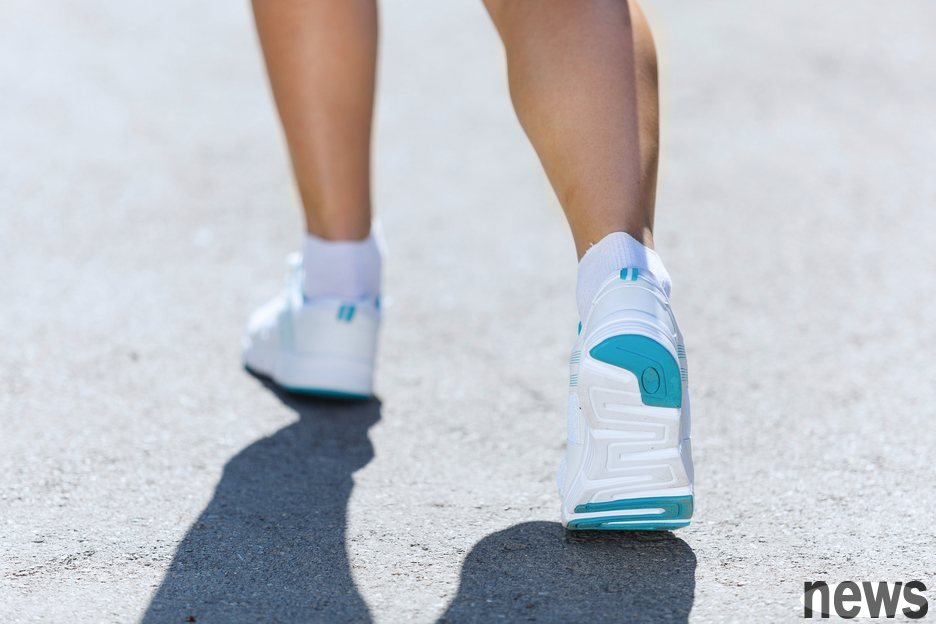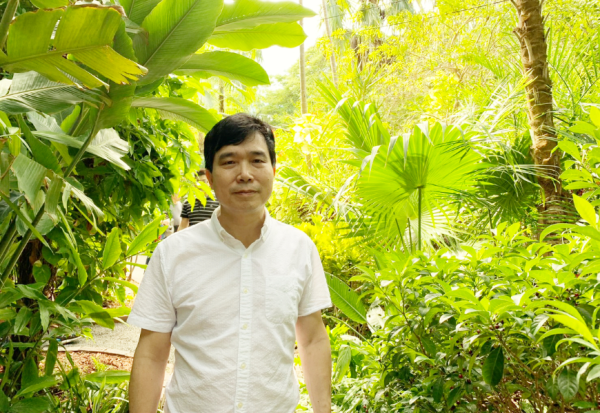If you can’t walk thousands of steps a day, you will have more important steps! Adjust the 5 movements to make you walk faster

Are you walking fast or slow? Some people say this has something to do with personality, and impatient people walk faster. In fact, walking speed is more related to health. Research points out that the faster you walk, the greater your health benefits, which can reduce the risk of cardiovascular disease, dementia and other diseases, and also reduce the risk of premature death.
According to a 2022 Brazilian study, it was found that the more steps you walk every day, the faster your pace, the less likely you are to be stiff. A 2011 international study also found similar discoveries, pointing out that 100 steps per minute is equivalent to the appropriate physical activity. Moderate to intense exercise is considered the most beneficial for cardiovascular health.
Taipei General Secretary General of the Special Covenant Medical Officer, a clinical professor at the National Yangming University, also wrote an article on Yuanqi Zhouzhang that a reduced pace may be a precursor to the reduction of recognition function. She said a 2022 UK study that the more steps you take per day (up to about 10,000 steps), the lower the risk of dementia, and walking quickly may also reduce the risk of dementia.
How to go faster?Therefore, in order to prevent weakness and illness in later years, it is very important to pay attention to "walking speed". So how can you walk faster? Many people may think that you can go faster with a bigger pace, but Harvard Medical School points out that this will slow you down because it is difficult for you to transfer your body's weight to the farther foot in front of you. The following actions can help you walk faster.
1. Stand straight and stretch your spine
When you are in a good posture and your core muscles are agitated, your pace will be stronger. Standing straight can also help reduce pain in your upper and lower backs, and you can also take a deep breath to gain more energy; be careful to keep your shoulders downward and not curl up in the direction of your ears.
2. The arm is bent
Usually, when we run, our arms must move quickly, rather than straighten. The same is true for walking. Bend your elbows by 85° to 90° and move your arms forward and backward, instead of crossing your body left and right or sideways. When you bend your arms, it will be easier to swing them quickly, and your legs will speed up to keep pace with your arms.
3. The foot follows the ground and moves through the double foot. When your legs move forward, the foot and the foot should be the first part of the foot that touches the pavement. Focus on keeping your toes upward while you are on the ground. This is beneficial for walking movements from foot and toe, which is easier to walk faster than slapping the ground with foot at every step.
4., stretch your front legs
and try to curl your palms and raise your heels, focusing on pushing yourself forward, as if you were trying to show your soles to the person behind. When your feet fall below your body, keep your legs straight and do not lock them in your knees, which can make your pace smoother.
5. Change the big step to short step
Many people may think that they can go faster with a larger step. In fact, it is not the case, on the contrary, adjusting you faster is the pace of shorter. When you go out the next step, place your front legs directly under you to make your stride smoother, making it easier to move your weight to the front legs, and then move your back legs forward to make your walk faster.




